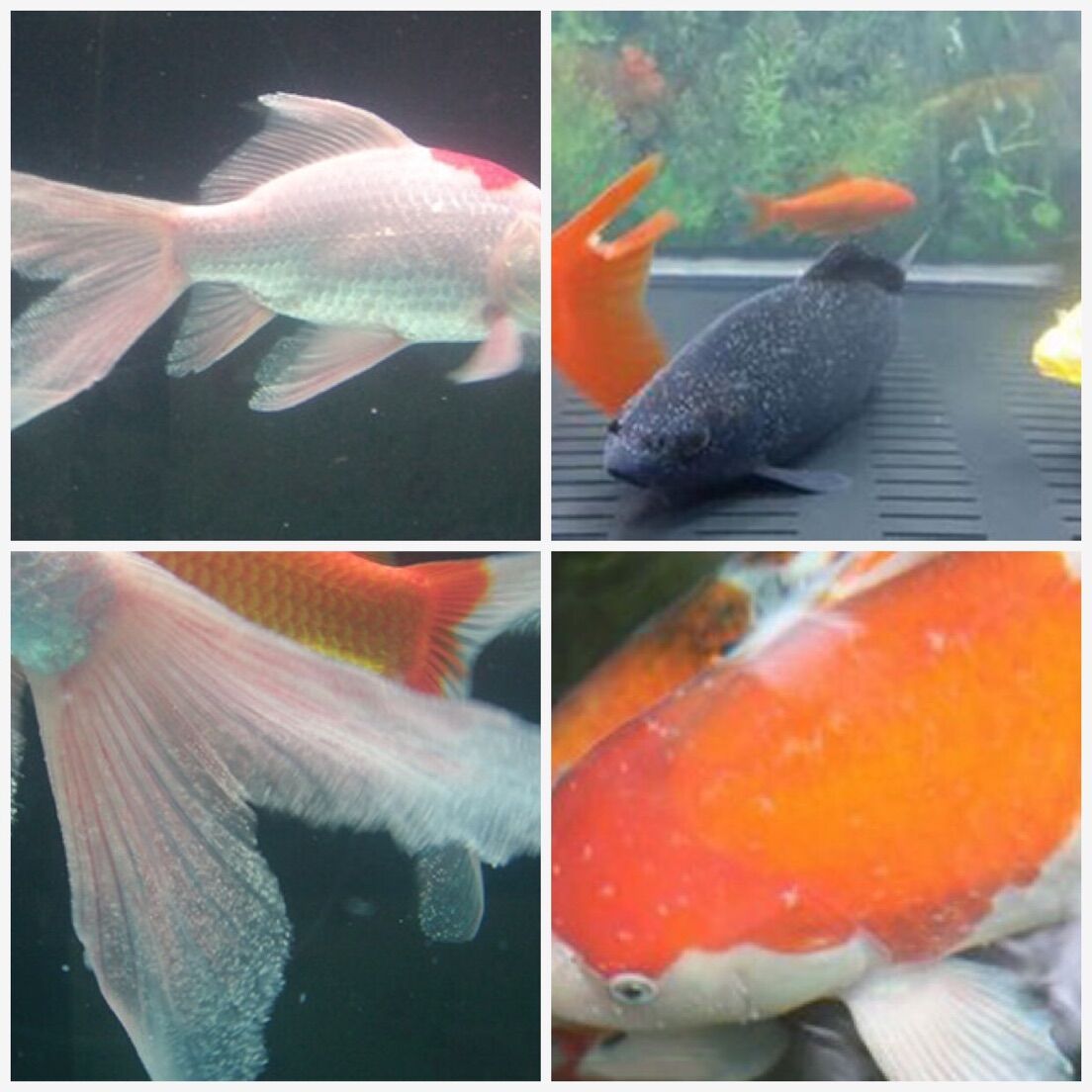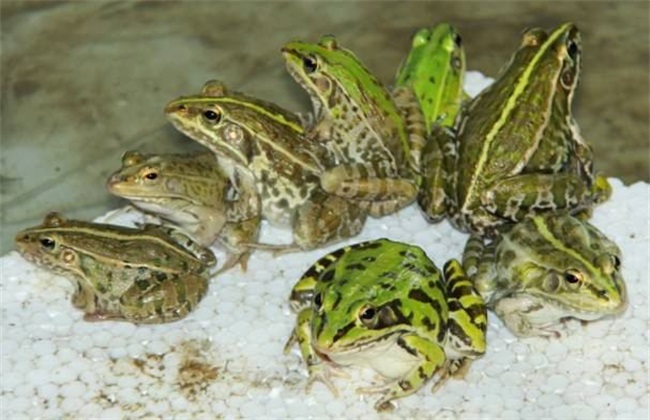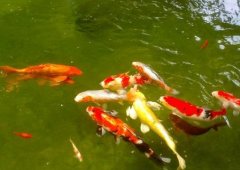Disease symptoms of brocade carp, treatment of white spot disease of brocade carp
It is a disease caused by a large protozoan, ciliates, which is visible to the naked eye. Parasitic in the skin, fin strips and Gill tissues of koi, feeding on the epithelial cells of koi. In severe cases, the skin and fins of the whole body are covered with white cysts, so it is called white spot disease.
The epidemic of white spot disease of brocade carp has obvious seasonality, which occurs in spring and autumn of 15 ~ 25 ℃. When the water temperature dropped below 10 ℃ and rose to 26 ~ 28 ℃, the development of the larvae stopped and the larvae above 28 ℃ died.

① because the small melon insects separated from the fish can live freely for a short time, and the larvae hatched from the cysts can only survive for 36 ~ 48 hours, so the natural killing method can be adopted to kill the small melon insects on the premise of no other diseases. Can fish out all the koi in the pond or tank, after 7 or 10 days of free rest, the small melon insects in the water will be completely dead.
② sick fish pond, per mu of water surface per meter of water depth, with 210g chili powder, 100g dried ginger slices, fried into 25kg solution, the whole pond sprinkled wine, once a day for 2 days.
During the treatment of ③, alcohol was sprinkled with 0.1 × 10 ~ (- 6)-0.15 × 1o-6 nitrate solution in the whole pool.
④ 0.6 × 10 6 silver nitrate solution was sprinkled all over the pool.
The small water body of ⑤ can be treated by raising the water temperature above zsc ℃ for 3 consecutive days.
⑥ note: the mixture of copper acid and ferrous sulfate can not be used to treat melon disease. the use of this medicine is not only ineffective to kill melon insects, but will promote the formation of cysts and mass reproduction, making the disease worse.
- Prev

Culture techniques of Rana nigromaculata
Culture techniques of Rana nigromaculata
- Next

How to grow fast in koi, the cause and treatment of oblique tube worm in brocade carp
The symptoms of oblique tube worms are mainly damage to the skin and fins in the seedling stage. In addition to invading the skin, adult fish invade the gills, oral mucosa and nostrils at the same time. When the fish body and Gill filaments are stimulated by a large number of pathogens, they cause a large amount of mucus secretion and glue each Gill piece together.
Related
- On the eggshell is a badge full of pride. British Poultry Egg Market and Consumer observation
- British study: 72% of Britons are willing to buy native eggs raised by insects
- Guidelines for friendly egg production revised the increase of space in chicken sheds can not be forced to change feathers and lay eggs.
- Risk of delay in customs clearance Australia suspends lobster exports to China
- Pig semen-the Vector of virus Transmission (4)
- Pig semen-the Vector of virus Transmission (3)
- Five common causes of difficult control of classical swine fever in clinic and their countermeasures
- Foot-and-mouth disease is the most effective way to prevent it!
- PED is the number one killer of piglets and has to be guarded against in autumn and winter.
- What is "yellow fat pig"? Have you ever heard the pig collector talk about "yellow fat pig"?

